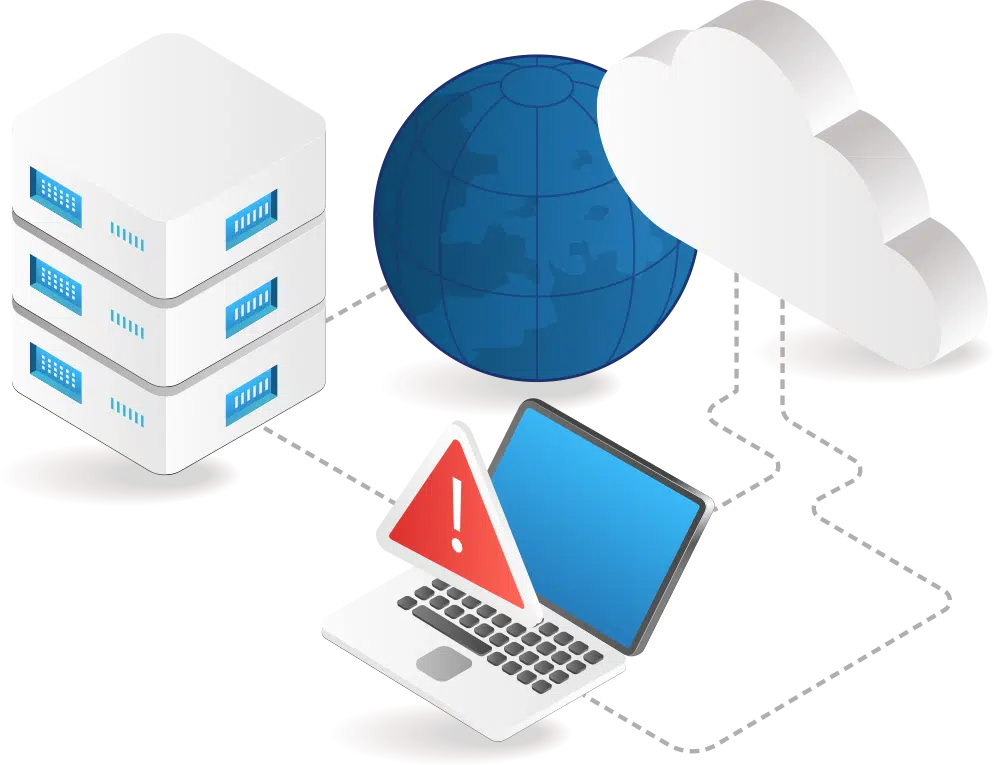Five Strategies to Optimize Cloud Security in 2024
As organizations increasingly migrate their workloads to the cloud, ensuring robust cloud security has become more critical than ever. With cyber threats evolving rapidly and compliance requirements becoming more stringent, organizations must prioritize cloud security to protect their sensitive data and maintain regulatory compliance.
Here are five strategies to optimize cloud security in 2024:
- Embrace Zero Trust Architecture: Implement a Zero Trust approach to cloud security that verifies every user and device attempting to access cloud resources, regardless of their location or network environment. By adopting a least-privileged access model and implementing strong authentication mechanisms, organizations can reduce the risk of unauthorized access and data breaches.
- Implement Cloud-Native Security Controls: Leverage native security features and services provided by your cloud service provider to enhance your cloud security posture. These may include encryption, identity and access management (IAM), network segmentation, and logging and monitoring capabilities. By taking advantage of these built-in security controls, organizations can strengthen their defenses and mitigate cloud-specific risks.
- Secure DevOps Practices: Integrate security into the entire software development lifecycle (SDLC) by adopting DevSecOps practices. Automate security testing, vulnerability scanning, and compliance checks throughout the development process to identify and remediate security issues early. By embedding security into DevOps workflows, organizations can accelerate deployment cycles while maintaining strong security posture.
- Implement Cloud Security Posture Management (CSPM): Deploy CSPM tools to continuously monitor and assess your cloud environment for misconfigurations, compliance violations, and security risks. These tools provide real-time visibility into your cloud infrastructure, helping you identify and remediate security gaps proactively. By enforcing security policies and best practices consistently, organizations can reduce the likelihood of security incidents and ensure compliance with regulatory requirements.
- Invest in Cloud Security Training and Education: Educate your IT and security teams about cloud security best practices, emerging threats, and new technologies. Provide hands-on training and certification programs to ensure that your staff has the skills and knowledge needed to secure your cloud environment effectively. By investing in cloud security training and education, organizations can build a culture of security awareness and empower their teams to mitigate risks proactively.
By implementing these strategies, organizations can optimize their cloud security posture and mitigate the risks associated with cloud adoption effectively. With the right combination of technology, processes, and people, organizations can embrace the benefits of the cloud while maintaining strong security controls and compliance with regulatory requirements.

3 Comments
Jonson Lara
Nam libero tempore, cum soluta nobis est eligendi optio cumque nihil impedit quo minus id quod maxime placeat possimus omnis voluptas assumenda est, omnis dolor repellendus.
Rosailina William
Nam libero tempore, cum soluta nobis est eligendi optio cumque nihil impedit quo minus id quod maxime placeat possimus omnis voluptas assumenda est omnis dolor repellendus est eligendi optio.
admin
Cum soluta nobis est eligendi optio cumque nihil impedit quo minus id quod maxime placeat possimus omnis voluptas est omnis dolor repellendus temporibus autem quibusdam.